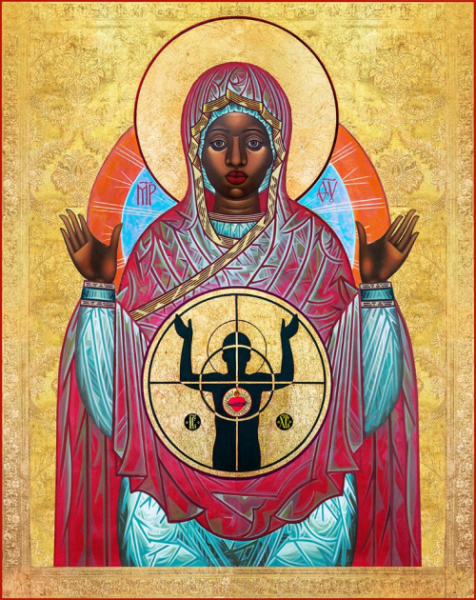 Last updated: September 9, 2023
Last updated: September 9, 2023
We are certainly living in some difficult and, for some of us, dangerous times – facing weather disasters caused by climate change, racial violence, economic catastrophe, and a mismanaged viral pandemic.
The recent protests, in support of Black Lives Matter, against structural racism and anti-African American violence have erupted across the pages of newspapers, television screens, and social media. I didn’t go to any of the protests, but I do stand with the nonviolent protesters who are demanding racial justice.
It’s been a little over two months since the protests were sparked by the excruciating video of George Floyd being suffocated to death by a Minneapolis police officer. So I have been working on this blog post since then and had it pretty much worked out and ready to go a couple of weeks ago. However, then I came across this powerful Black Madonna icon named Our Lady Mother of Ferguson and All Those Killed by Gun Violence that was written by Mark Doox (formerly Mark Duke) in 2015 and I had to include it. It was commissioned by the Reverend Mark Francisco Bozzuti-Jones and has been displayed at Trinity Church Wall Street, an Episcopal church in NYC. As of August 2022, it is on long-term loan to the Cathedral of Saint John the Divine, the mother church of the Episcopal Diocese of New York. This icon really made me catch my breath, because it is so visceral and so precisely raw and so stunning. I’m leaving my original content regarding Black Madonnas below, but first let’s unpack this sacred image.
The first thing I always see is Mary’s face. She’s depicted as young, but she also has this kind of exhausted, suffering “I can’t believe we still have to protest this kind of violence” look on her face. The way she stands with her hands up is called orans, which is a prayerful posture that dates back to the early Christians and can be clearly seen in paintings in the catacombs in Rome.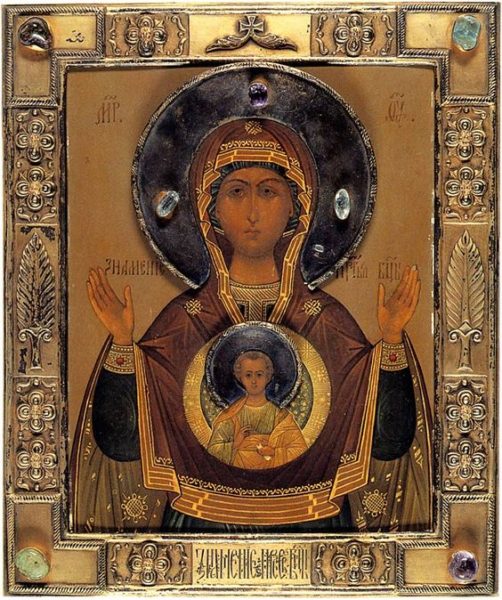
In other similar theotokos (Mother of God) images, Jesus is usually shown as a toddler or young boy in a circle on her chest or stomach that can be interpreted as meaning her womb. At right is an example of a Russian Orthodox theotokos icon, and you can find more information about the icon here.
Instead, in the Mother of Ferguson icon, Jesus is shown as a black boy in the sights of a gun with his hands up, echoing Mary’s orans position, but also reminiscent of blacks, mostly men, who stand unarmed with a “hands up, don’t shoot” position in front of police officers who have weapons drawn.
In the Mother of Ferguson icon, Jesus is shown with a halo around his head (indicating holiness) and an image of the Sacred Heart, encircled by a crown of thorns, on his chest. The Sacred Heart of Jesus symbolizes the compassion of Christ for all of us and the crown of thorns expressly denotes the pain and agonizing violence Jesus experienced during the crucifixion. This icon depicts Mary as Our Lady, the mother of Jesus, who was present at the cross, as he experienced an unjust and painfully violent death. In this way, Mary is ultimately our mother, who identifies with the grief and suffering of all parents who have lost their children due to gun violence.
So now back to Black Lives Matter. It’s important to say the names, and so I write them here: Michael Brown, Ahmaud Arbery, Rayshard Brooks, George Floyd, Philando Castile, Breonna Taylor, and Elijah McClain. I know that these are only the very few latest names in a long, sad list of blacks who have been killed by whites, going back to the 1960s civil rights movement and further back to slave lynchings and even earlier to the forceful kidnappings that occurred in Africa. I am deeply sorrowful.
I don’t have answers about police reform or know how to take on structures that need more than superficial changes, but I do vote. Voting is crucial for many reasons, but still this sounds insufficient to me and so I am working to discern what more I can do. I truly believe that we all need to do this soul searching – to find out what we ourselves have the power to do to improve the inequities that exist in our American culture and economic life.
So while I am discerning more that I can do, immediately today what I have the power to do (from my viewpoint as an artist and spiritual creature) is to tell you that I believe Black Madonnas Matter. Having said that, I want to be sure to state that it is not my intent to sound in any way flippant or offensive by this turn of phrase. Black Madonnas do help us look at the Jesus story differently.
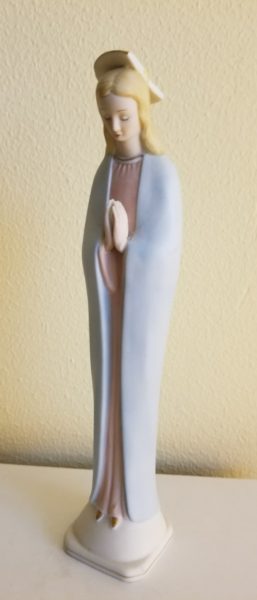 It’s been my observation (and probably that of everyone interested in Western religious art) that artistic expressions of scenes and stories from the Bible over the centuries have been depicted in many different ways, consistent with the time, location and culture in which the art is made. This is true, even though pretty much all of the people in the Bible were Palestinian Jews and likely had dark skin and hair.
It’s been my observation (and probably that of everyone interested in Western religious art) that artistic expressions of scenes and stories from the Bible over the centuries have been depicted in many different ways, consistent with the time, location and culture in which the art is made. This is true, even though pretty much all of the people in the Bible were Palestinian Jews and likely had dark skin and hair.
I still have this figurine of Mary that I received as a gift at my first communion – with her porcelain white skin and long, flowing blonde hair. This specific figurine doesn’t really work for me as an image these days and maybe never did even when I was a kid, since she was a blonde and not a brunette like me. Honestly, to me, this Mary is too ethereal and passive and perhaps even sterile as she stands there on the pedestal. Yes, an actual pedestal! Somewhere along the way, part of her halo broke off. The Virgin Mary with a broken halo – sounds about right to me. Mary must have been so much stronger than we usually give her credit for.
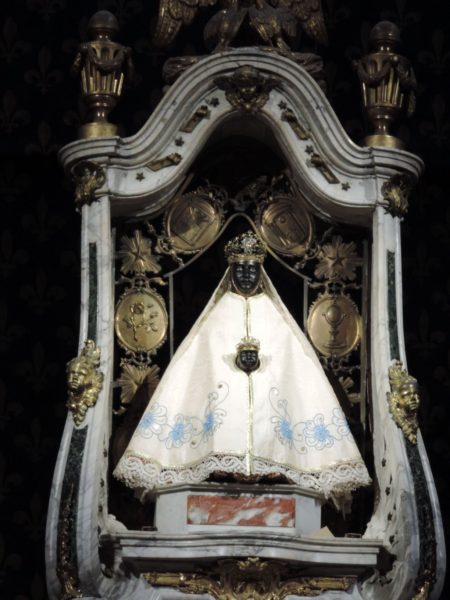 Not everyone knows, but there are Black Madonnas in cathedrals all across Europe, especially in France. They are typically Romanesque in style and many date back to the 12th and 13th centuries. No one knows exactly why there are so many, but I have seen some of them and they rightly deserve our attention. It has been argued that the dark skin came from exposure to smoke from candles or lanterns, but this has not been proven true. Some people speculate that the apostle Luke brought black images of Mary to Europe and these Black Madonnas might be considered the closest we can get to what Mary actually looked like.
Not everyone knows, but there are Black Madonnas in cathedrals all across Europe, especially in France. They are typically Romanesque in style and many date back to the 12th and 13th centuries. No one knows exactly why there are so many, but I have seen some of them and they rightly deserve our attention. It has been argued that the dark skin came from exposure to smoke from candles or lanterns, but this has not been proven true. Some people speculate that the apostle Luke brought black images of Mary to Europe and these Black Madonnas might be considered the closest we can get to what Mary actually looked like.
The Black Madonna in this photograph is from le Puy-en-Velay in France, which was one of the beginning points of the El Camino pilgrimage south to Santiago de Compostela in Spain. And it was a place of pilgrimage itself. I was fortunate to be able to vacation in France in 2015 and walked up the zillions of stairs to the le Puy cathedral. When you get to the top, you are dropped right in the middle of the nave. It must have been very impressive to the medieval pilgrims who arrived there.
So here is one more thing I can do immediately today – I can share below fifty images of Black Madonnas that come from my Pinterest Board Madonna. On this board, you can see that I have created a section for Black Madonnas and while you look around, you will see that there are sections for Hispanic Madonnas and Asian Madonnas as well. It seems to me that we all deserve to be able to see ourselves reflected in the holy face of our Mother Mary, who by the way wasn’t white. Just note that I have included Black Madonnas that aren’t from Europe in these examples. Keep scrolling down this blog post past the references, until you see the 50 Black Madonnas below.
Also, in a spirit of kind dialogue, please consider leaving a comment below and let me know what you think of these Black Madonnas.
UPDATES: This blog post was updated on November 26, 2022 to add references related to the Mother of Ferguson icon and to list the most recent information about where it is displayed. One notable reference added was a 2020 article in Religion News Service by the iconographer Mark Doox (formerly Mark Duke.) Also, the hyperlinks were updated on September 9, 2023.
Reference 1: “Our Lady of Gun Violence Victims,” blog post by Global Christian Worship, July 9, 2016 at https://globalworship.tumblr.com/post/147146113830/our-lady-of-gun-violence-victims-recent-icon.
Reference 2: Our Lady of Ferguson, Wikipedia article, last edited on August 12, 2022.
Reference 3: Father James Martin, SJ, Facebook post, June 9, 2016.
Reference 4: Mark Doox, “The N-word of God: Envisioning the Image of Christ,” Religion News Service article, June 24, 2020.
Reference 5: Alex Mikulich, “Black Lives Matter: Weeping with Mary at the Foot of the Cross,” blog post at Ignatian Solidarity Network website, July 27, 2016.
Reference 6: “The Mysterious Black Faces of the Madonna,” blog post by Ella Rozett, at http://interfaithmary.net/black-madonna-introduction.
Reference 7: Oleszkiewicz-Peralba, Malgorzata, “The Black Madonna in Latin America and Europe: Tradition and Transformation,” University of New Mexico, Albuquerque, NM, 2007.
Image 1: “Our Lady, Mother of Ferguson and All Those Killed by Gun Violence,” icon commissioned by Rev. Mark Bozzuti-Jones of Trinity Church Wall Street, written by Mark Doox (formerly Mark Duke,) 2015.
Image 2: The Icon of our Lady of the Sign – Znamenskaya, Russia, 1916, https://www.alexanderpalace.org/palace/blog.php?pid=12149367048534.
Image 3: Photo Credit, Julie Henkener, 2020.
Image 4: Photo Credit, Andy Hong, 2015.
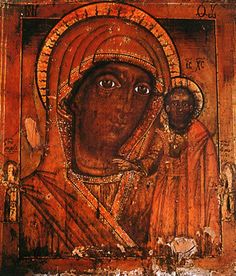

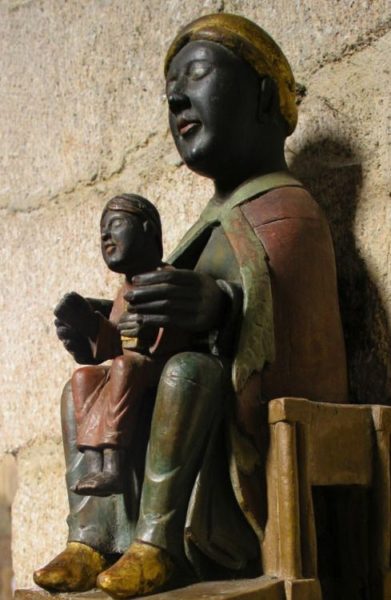
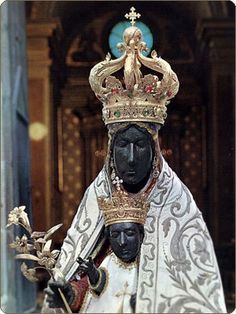
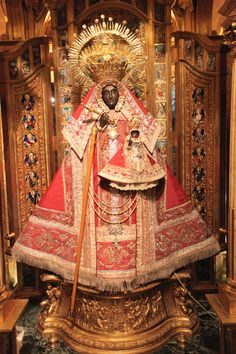
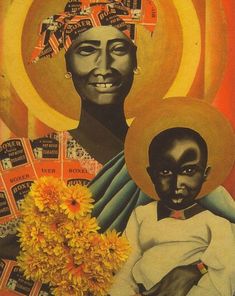
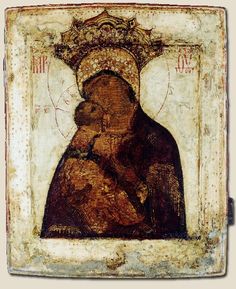

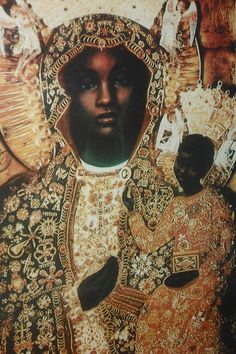
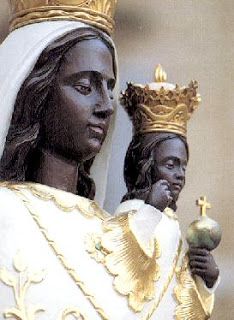

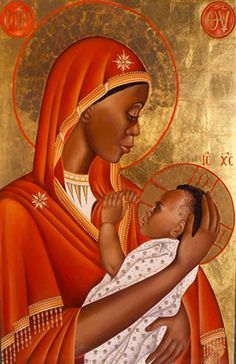

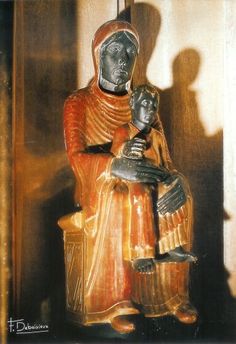
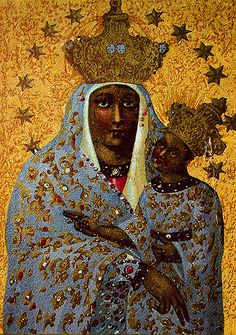
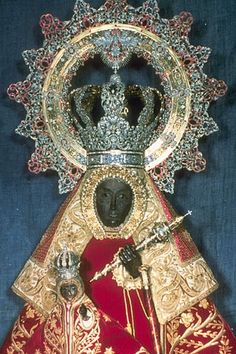
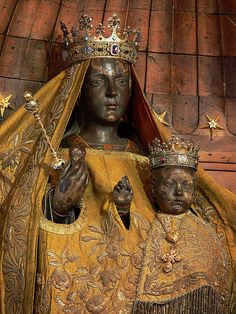

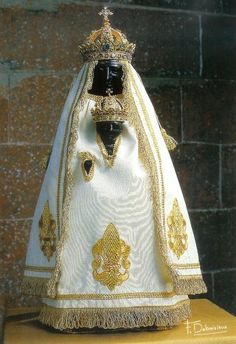
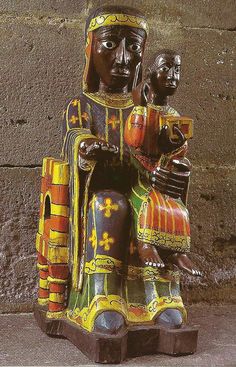

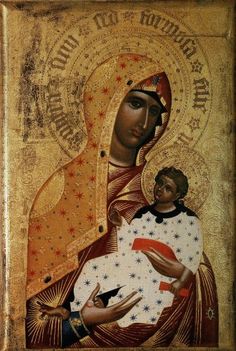
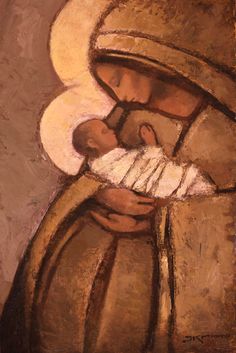
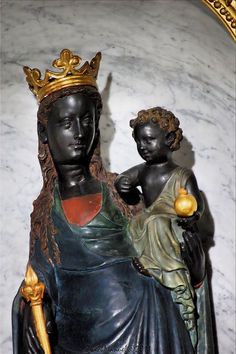



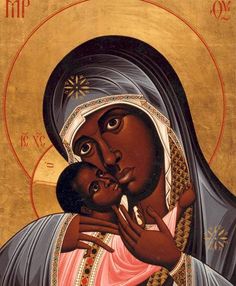
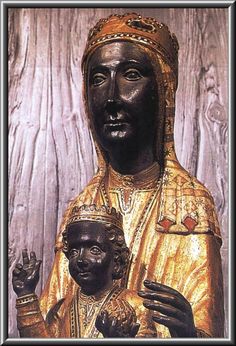
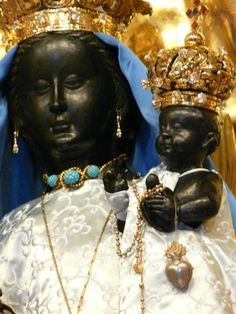
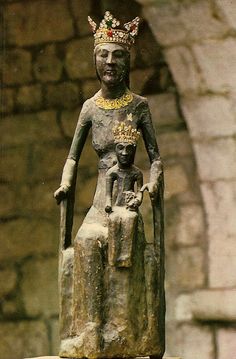


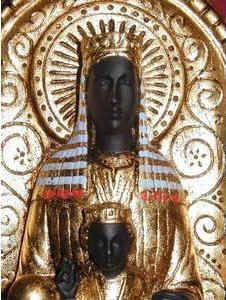
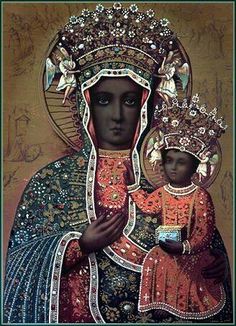
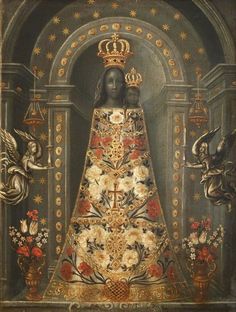

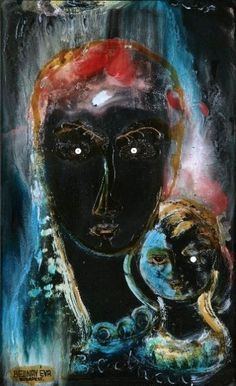
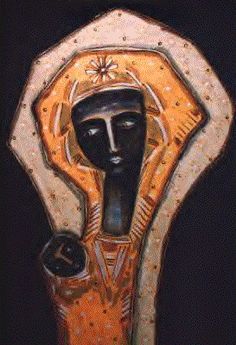
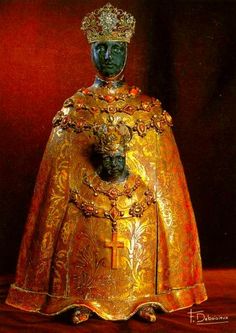
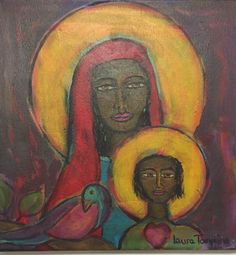

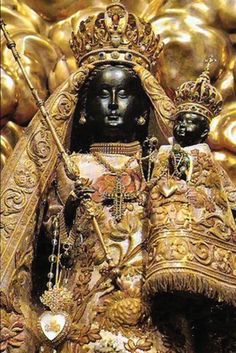
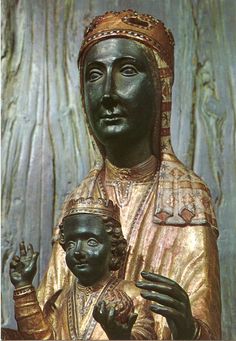
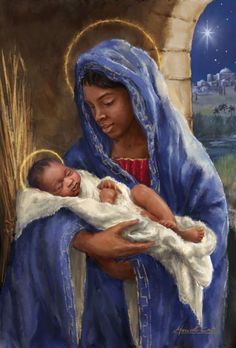
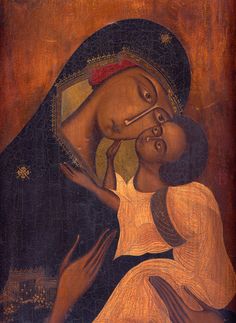
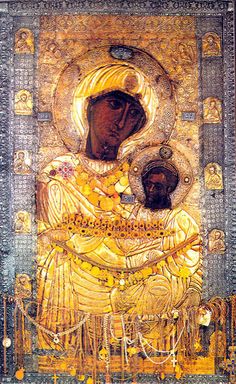
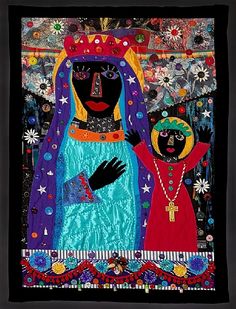
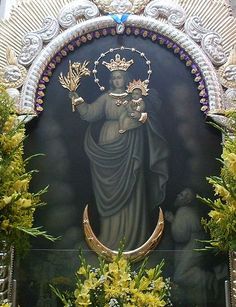
















4 Comments
Leave your reply.